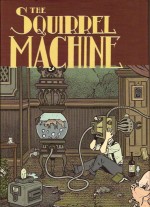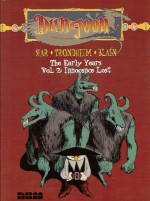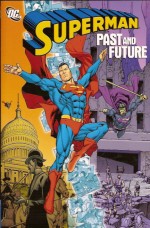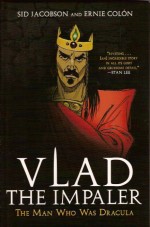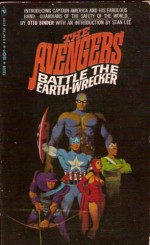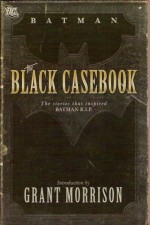
By various (DC Comics)
ISBN: 978-1-84856-312-4
Despite having his name writ large on the cover the only thing Grant Morrison produced for this weird and wonderful collection is the introduction, so if he’s the reason you buy Batman you’re in for a little disappointment. However if you feel like seeing the incredible stories that inspired him, then you’re in for a bizarre and baroque treat as this collection features a coterie of tales considered far too outlandish and fanciful to be canonical for the last few decades but now reintroduced to the mythology of the Dark Knight as a casebook of the “strangest cases ever told!â€.
Tales from the anodyne 1950s (with just a little overlapping touch of the 1960s) always favoured plot over drama – indeed a strong argument could be made that all DC’s post-war costumed crusaders actually shared the same character (and yes I’m including Wonder Woman) – so the narrative drive focuses on comfortably familiar situations and outlandish themes and paraphernalia: but as a kid they simply blew me away. They still do.
Starting things off is a ‘A Partner for Batman’ (Batman #65 June/July 1951) by Bill Finger, Lew Sayre Schwartz and Charles Paris, wherein Batman’s training of a foreign hero is misconstrued as a way of retiring Robin, whilst a trip out west introduces the Dynamic Duo to their Native American analogues in ‘Batman… Indian Chief!’ (issue #86, September 1954, by France Herron, Sheldon Moldoff and Stan Kaye), and ‘The Batmen of All Nations!’ (Detective Comics #215, January 1955 by Edmond Hamilton, Moldoff and Paris) took the sincere flattery a step further by introducing nationally-themed imitations from Italy, England, France, South America and Australia, all attending a convention that’s doomed to disaster…
A key story of this period introduced a strong psychological component to Batman’s origins in ‘The First Batman’ (Detective Comics #235, September 1955) courtesy of Finger, Moldoff and Kaye, and the international knock-offs returned to meet Superman and a new shocking mystery hero in ‘The Club of Heroes’ (Worlds Finest Comics #89, July/August 1957 by Hamilton and the magnificent Dick Sprang and Stan Kaye).
‘The Man who Ended Batman’s Career’ introduced the malevolent Professor Milo (Detective Comics #247, September 1957, Finger, Moldoff & Paris) who used psychological warfare and scientific mind-control to attack our heroes. The same creative team brought him back for an encore in Batman #112, in ‘Am I Really Batman?’
France Herron scripted one of Sprang and Paris’ best ever art collaborations in the incredible, spectacular ‘Batman… Superman of Planet X!’ (Batman #113, February 1958) and Finger, Moldoff & Paris introduced the Gotham Guardian’s most controversial “partner†in ‘Batman Meets Bat-Mite’(Detective Comics #267, May 1959), but ‘The Rainbow Creature’ (Batman #134, September 1960) is a rather tame monster-mash from Finger and Moldoff which only serves to make the next tale more impressive.
‘Robin Dies at Dawn’ is an eerie epic which first appeared in Batman #156, June 1963 by Finger, Moldoff & Paris (supplemented by, but not dependent upon, a Robin solo adventure sadly omitted from this collection). In it Batman experiences truly hideous travails on an alien world culminating in the death of his young partner. I’m stopping there as it’s a great story and plays a crucial part in the latter day sagas Batman: R.I.P., and The Black Glove. Buy this book and read it yourself…
But wait: There’s more! From the very end times of the old-style tales comes the inexplicably daft but brilliant ‘The Batman Creature!’ (Batman #162, March 1964) by an unknown writer, Moldoff and Paris, wherein Robin and Batwoman must cope with a Caped Crusader transformed into a rampaging giant monster. Shades of King Kong, Bat-fans!
Even though clearly collected to cash in on the success of the modern Morrison vehicle these stories have an intrinsic worth and power of their own, and these angst-free exploits from a different age still have a magic to captivate and enthrall. Do not dismiss them and don’t miss this book!
© 1951, 1954-1960, 1963, 1964, 2009 DC Comics. All Rights Reserved.

